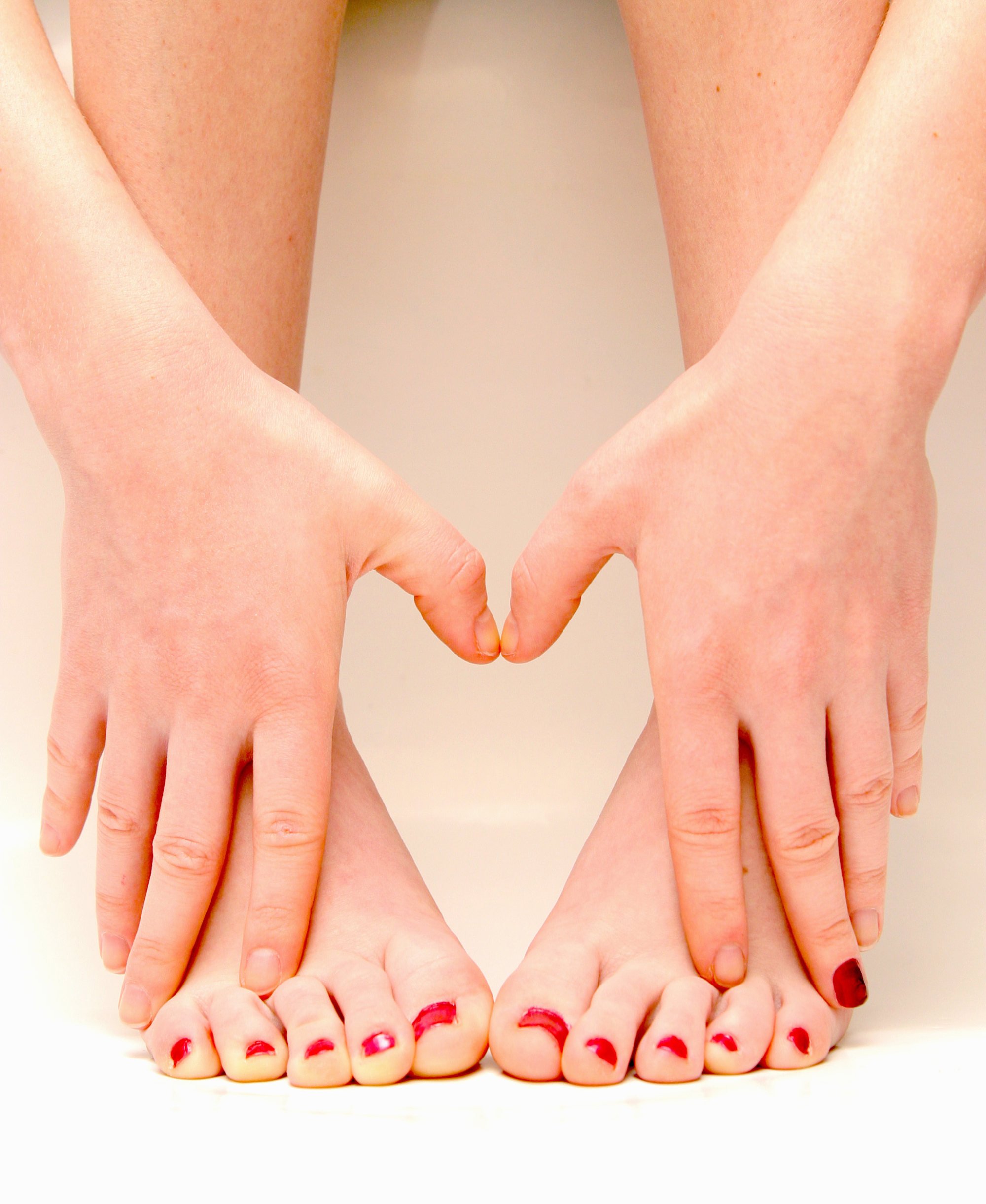
Explainer | Why foot problems can be symptoms of heart trouble, and what to look out for
- Problems affecting the heart and blood vessels tend to show up in feet first. Symptoms to look out for range from swelling to colour changes to ice-cold toes
- On the flip side, a healthy heart safeguards the health of your legs and feet. A Hong Kong doctor provides tips for keeping your cardiovascular system in shape
The feet may be quite far from the heart, but they can reveal a lot about the health of your heart and your blood circulation.
The cardiovascular system’s main role is to deliver oxygenated blood around our body, while the feet support us when we move, says podiatrist Sean Farnan, of the Hong Kong Foot Clinic.
We need to move to maintain good cardiovascular health, but the relationship between heart and feet runs deeper than that – and some issues with the heart and blood vessels tend to show up in the feet first.

“Oedema is swelling or puffiness caused by fluid retention in our body’s tissues. Oedema can affect any part of the body but it’s more likely to show up in our legs and feet,” Lo says.
Plantar fasciitis, ingrown toenails, bunions? Show your feet some love
Several other signs in your feet may indicate problems with your cardiovascular health, Farnan says.
Having cold feet is one.
It is normal to have a relatively gradual drop in skin temperature from the top of the legs to the feet, but if the feet suddenly feel much colder, this may be a sign of blockage in the arteries. If your feet are always cold, you should seek medical advice to rule out any significant issues.

If your toenails are growing more slowly than usual, your foot may not be getting sufficient blood flow, Farnan says. It is normal to experience a gradual slowdown in blood flow as we get older, but quick changes are a sign to get checked out by your doctor or podiatrist.
A change in skin colour may also be a warning. As you look down your legs to your feet, a subtle change in skin colour is normal. But if the skin further down is much paler, it could be a sign of decreased blood flow to the extremities, Farnan says, a condition known as reduced arterial perfusion.
Noticing these signs only in one foot and not the other is another critical indication to get assessed by a medical professional as soon as possible
“Lying down and sleeping result in a reduction of blood flow to the feet and this may exaggerate any underlying health issues,” says Farnan.
It can be an indication of peripheral artery disease – plaque build-up in the arteries that limits the blood flow to your limbs and organs.

Another potentially more serious symptom is “intermittent claudication” – pain, deep aches and cramping in the legs that are only present during exercise and that quickly subside once you stop.
Do not ignore this sign: it may indicate a possibly more advanced disease.
As with all conditions, the sooner you consult a doctor about your symptoms, the sooner direct treatment can start and the better the outcome.
How to prevent heart disease: health checks, stay active and don’t smoke
Farnan says it may be difficult to see how significant the problem may be if you notice only one of these symptoms. “Looking for a variety of them will give you an idea if there’s something to be concerned about,” he adds.
“Noticing these signs only in one foot and not the other is another critical indication to get assessed by a medical professional as soon as possible.”
If you do have cardiovascular disease, it is crucial to take care of your feet to help manage your condition.

You can also elevate your feet to combat swelling.
“When you have heart failure, your heart pumps less forcefully. This means it cannot push blood through distant veins easily. You can give your heart a ‘gravity assist’ by elevating your feet and legs as soon as you notice them starting to swell,” Lo says.
Cold hands and feet? It could be iron deficiency – here’s how to fix it
Farnan says that getting regular foot checks is key, to monitor any changes in nail growth and skin colour, for instance.
Always carefully clean and dress any cuts on your feet, since the body’s ability to fight infections in this area is reduced because of a lower blood volume – which is further reduced if you have vascular disease.
A healthy heart can help safeguard the health of your legs and feet.

Five steps to good cardiovascular health
To keep your cardiovascular system in tip-top shape, Lo advises:
-
not smoking;
-
eating a diet that is low in salt, fat and sugar – and abundant in fruit and vegetables;
-
exercising for at least 30 minutes a day;
-
controlling your blood pressure, blood sugar and blood cholesterol levels; and
-
seeing your doctor for regular medical check-ups.

